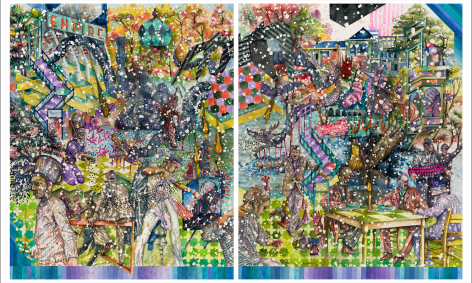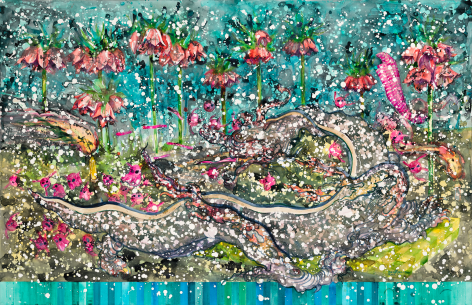

Behrang Samadzadegan
Dear Diary, 2024
Watercolor on Paper
125 x 170 cm

Behrang Samadzadegan
Flames and Flowers No.4, 2024
Watercolor on Paper
56.5 x 76 cm
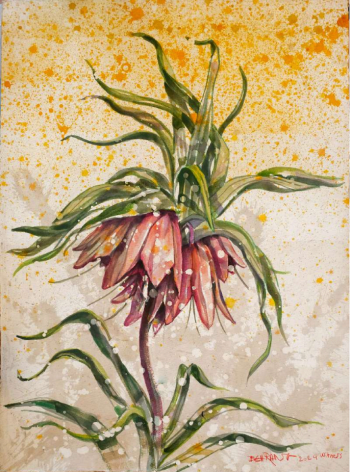
Behrang Samadzadegan
The Witness, 2024
Watercolor on Cotton Paper
83 x 131 cm
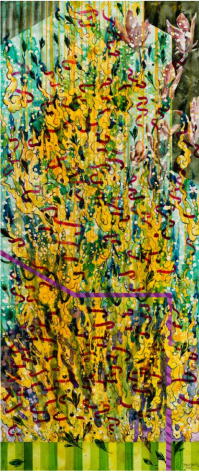
Behrang Samadzadegan
Flames and Flowers No.3, 2024
Watercolor on Cotton Paper
76 x 180 cm

Behrang Samadzadegan
Flames and Flowers No.2, 2024
Watercolor on Cotton Paper
76 x 180 cm
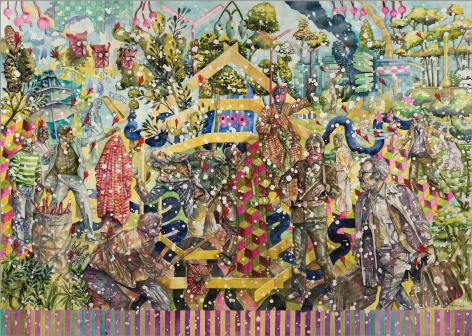
Behrang Samadzadegan
The Day after the Last Day, 2024
Print on Paper, ed. Print 4/21
42 x 59.4 cm
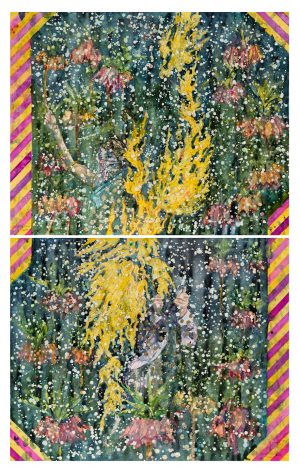
Behrang Samadzadegan
Chasing Hope, 2024
Print on Paper, ed. 5/21
42 x 59.4 cm
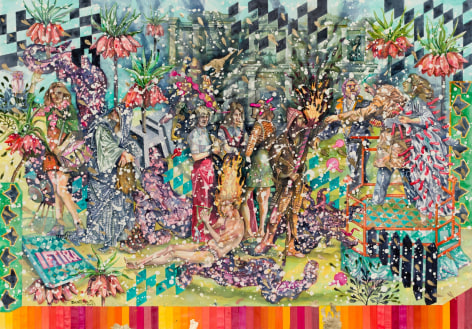
Behrang Samadzadegan
IFTIRA; The Calumny Of The Lover (After Botticelli), 2023
Watercolr and Gold Leaf on Cotton Paper
140 x 200 cm
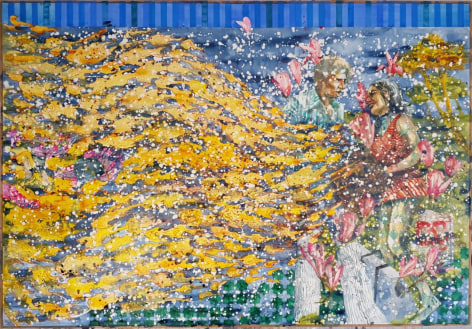
Behrang Samadzadegan
Lovers on Fire, 2023
Watercolor on Cotton Paper
200 x 140 cm
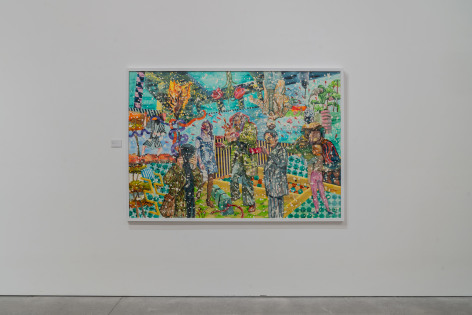
Behrang Samadzadegan
Epihany, 2023
Watercolor on Artistico Paper
140 x 202 cm
Behrang Samadzadegan
Siavash on Fire, 2022
Print on Paper, ed. Print 4/21
42 x 59.4 cm
Behrang Samadzadegan
The Fall of the Castle, 2022
Watercolor on Cotton Paper
Overall: 160 x 260 cm
Each Panel: 160 x 130 cm
Behrang Samadzadegan
Quaestio de Facto (Question About Fact), 2022
Watercolor on Cotton Paper
168 x 129 cm
Behrang Samadzadegan
Vice, 2022
Watercolor on Cotton Paper
138 x 210 cm
Behrang Samadzadegan
Fritillaria Imperialis, 2022
Watercolor on Cotton Paper
138 x 200 cm
Behrang Samadzadegan
The Fall of the Castle, 2022
Watercolor on Cotton Paper
Each Panel: 160 x 130 cm
Behrang Samadzadegan
Liberty Defeats Daemons, 2022
Watercolor on Cotton Paper
140 x 200 cm
Behrang Samadzadegan (b 1979 Tehran, Iran) learned the basics of art at a very young age. He received his BFA from the Tehran University of Arts and his MFA from Tehran Tarbiat Modares University. In 2008 he received the Golden Feather from the first International Media Art Forum for Youth in Cairo. In 2009 he received the Visiting Arts artist residency award in Spike Island, Bristol, United Kingdom. In 2012 he was awarded an artist residency from the Atelierhaus Salzamt Linz, Austria. He was also the recipient of the artist residency of the Cleveland Foundation Creative Fusion Artists Program, Cleveland, Ohio, USA.
Since 2004 he has been giving lectures on art theory and holding workshops at the Sooreh University, Tehran University of Art, Aria Art Institute, and Mahe Mehr Cultural Art Institute. As a visiting artist, he taught at the Cleveland Institute of Art for a semester in 2015. He has been a jury member of the fourth Damonfar Biennial for Painting, the New Generation Annual for Painting, the Video Artist Festival of Isfahan, the Persbook Annual of Contemporary Arts, the Vista Prize, Versus Biennial, and the Mohsen Projects Open Call. In 2022 he curated the exhibition titled “Minimalism and Conceptual art in the mid-20th century” at the Tehran Museum Of Contemporary Art (Tehran MOCA).
In his works, Behrang seeks to probe the possibility (or impossibility) of representing truth, identity, and history within the framework of aesthetic laws and to challenge the capacity of the image for displaying these concepts. As a scholar and curator, he enjoys discovering and studying new artistic phenomena and believes in rethinking and challenging the established rules and requirements of art. Painting has been Samadzadegan’s main focus. The subject matters of his works are drawn from images and narratives of contemporary Iranian history, which he combines with fictional stories and the aesthetics of painting. His goal, however, is not to represent historical narratives. The image of history, he believes, is a personal matter created under the influence of visual and aesthetic stereotypes, a combination of confusion, chaos, and a futile quest for reaching unattainable truth.

